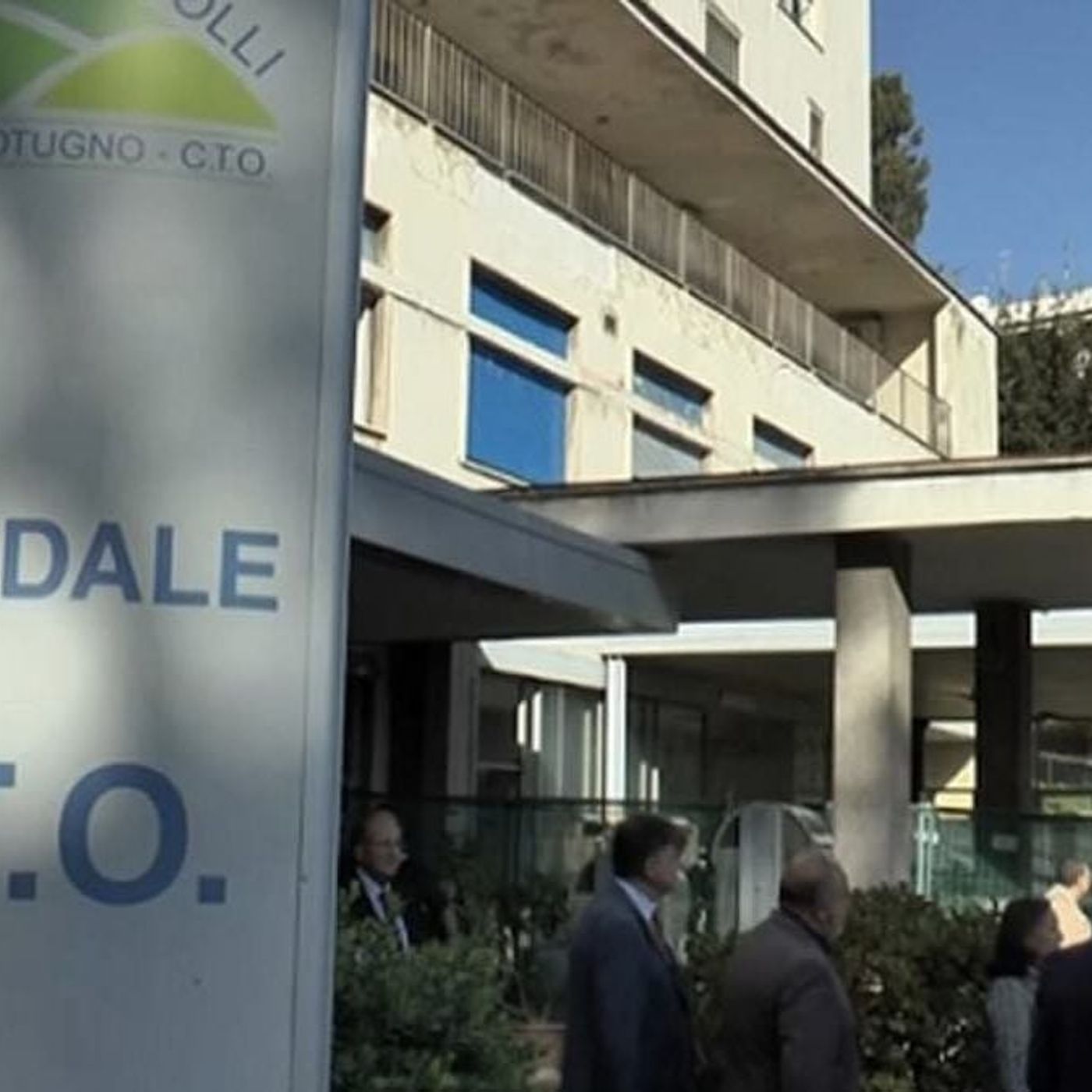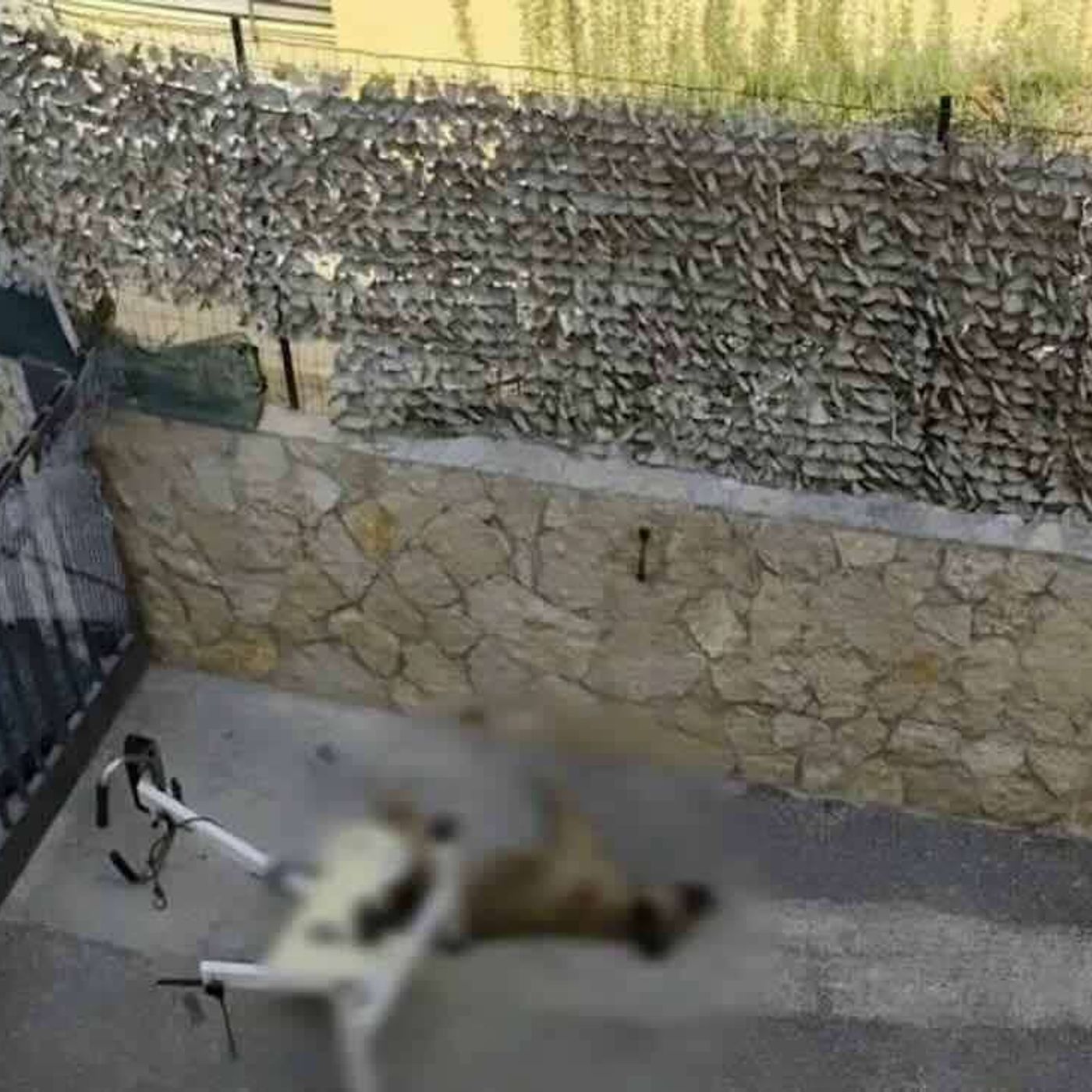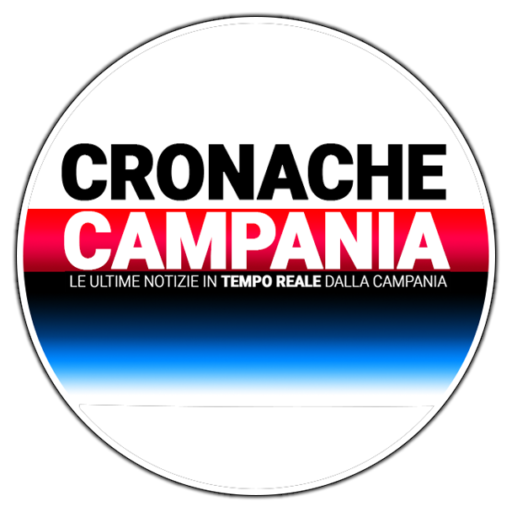SSaturday, May 24, 2025, at 17.00:XNUMX p.m., the presentation of the book “Storia della fiera di Cannalonga (SA)”, written by the researcher Aniello Amato, will be held online. The event is promoted by the historical-cultural association *Progetto Centola* and by the *Gruppo Mingardo/Lambro/Cultura*.
Speakers and Moderation
The meeting will be introduced and moderated by Ezio Martuscelli, president of both organizing entities. The following will be speaking with the author: Antonella Casaburi, writer; Maura Fortunati, professor at the University of Genoa; and the historian Fernando La Greca. The author will conclude with a speech.
How to participate
The presentation will take place on the Google Meet platform. Those interested are invited to connect starting at 16.45:XNUMX at the following link: meet.google.com/oiw-cpsz-rgu
A book that tells an identity
The volume, published by the Centro di Promozione Culturale per il Cilento and available on Amazon, traces the long history of the Cannalonga fair, a thousand-year-old event that has its roots in the late Middle Ages. The first documentary attestation of the fair dates back to 1452, a period in which it was already widely consolidated.
The Origins: Devotion and Rural Exchanges
Originally, the fair took place every December 13th in an area outside the ancient farmhouse of Cannalonga, probably near a rural chapel dedicated to Saint Lucia. The main trade areas were farmyard animals such as pigs, sheep and goats, as well as local artisan products such as shoes and woolen clothing.
Evolution over the centuries
With the passage of the barony to the Mogrovejo in 1680, the fair changed period: from the XNUMXth century it was moved to the third Sunday of September, completing a market cycle that followed the fair of the Cross of Stio by a few days. In this phase, the event was enriched with the trade of linen fabrics and goods from the agro-pastoral universe.
From the “Santa Lucia Fair” to the “Frecagnòla Fair”
At the end of the 19th century, the date was brought forward to the second Sunday of September and the event took on its current name of *fiera della frecagnòla*. This highly evocative name is today a symbol of a living and resistant cultural identity.
Tradition that is renewed
Thanks to the local community's ability to adapt to historical changes, the Cannalonga fair has become one of the most representative folkloristic events of rural Cilento. A mix of dances, popular music, crafts, commerce and food and wine traditions that continues to attract residents and visitors.
Article published by Federica Annunziata on May 22, 2025, at 14:11 AM














Comments (1)
The event of the presentation of the book on Cannalonga seems very interesting, but I don't know if I will be able to connect because I have other commitments. However, it is good that local history and tradition are valorized.